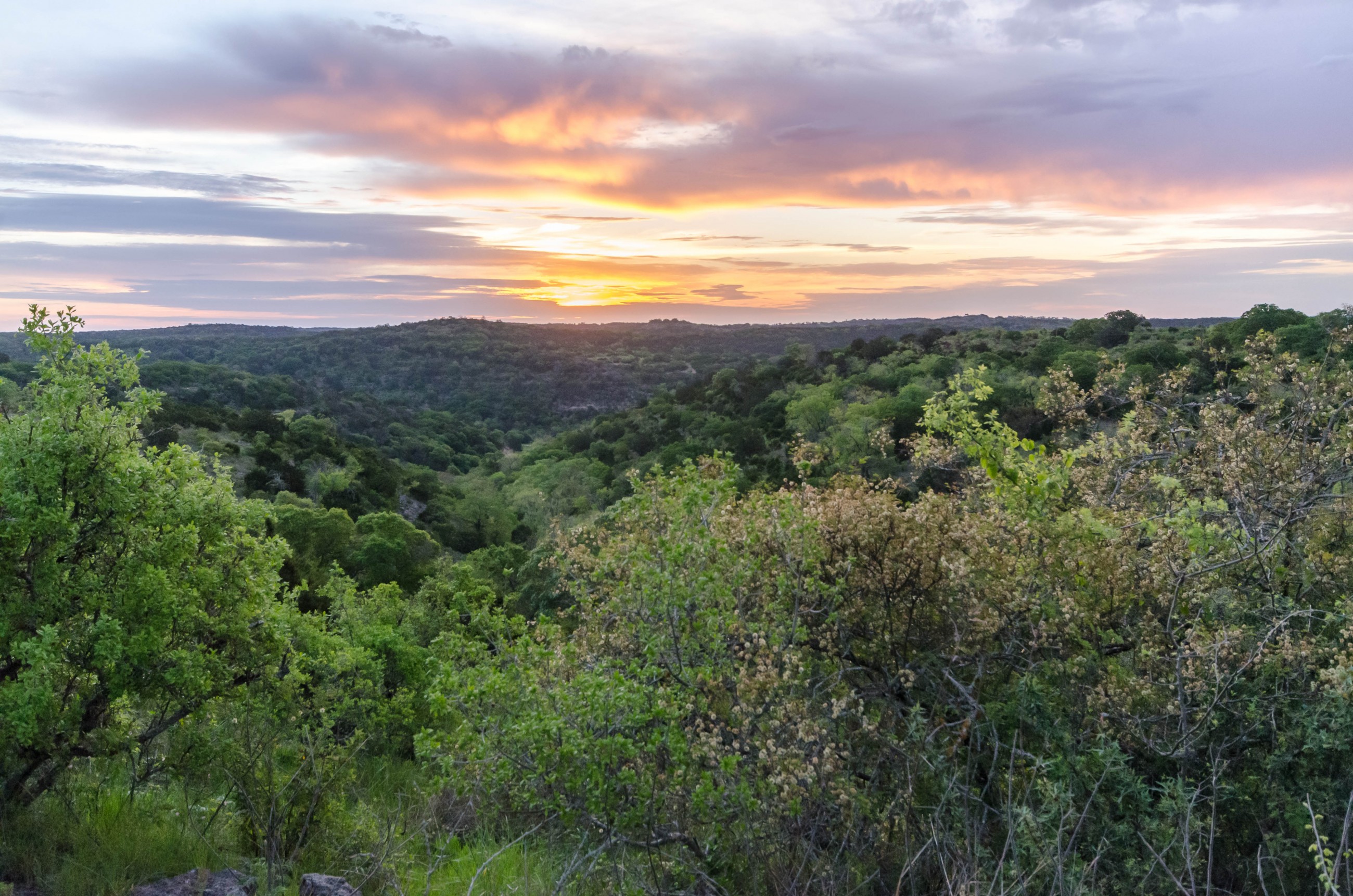Opponents of Kinder Morgan’s routing of its Permian Highway Pipeline (PHP) have put two federal agencies on notice – either comply with existing federal law or face legal action.
In one of the latest challenges to the 435-mile, 42-inch natural gas pipeline, which is planned to cross the recharge zone of the Edwards Aquifer, the focus has turned to the Endangered Species Act (ESA). Last month, the T.R.E.A.D. Coalition (Texas Real Estate Advocacy & Defense Coalition), along with the cities of Kyle, San Marcos and Austin, the Barton Springs Edwards Aquifer
Conservation District (BSEACD) and the Wimberley Valley Watershed Association (WVWA) filed a notice of intent to sue.
That’s a requirement under the ESA, T.R.E.A.D. attorney David Braun said. The notice, filed in mid-October, allows the U.S. Army Corps of Engineers (USACE) and the Fish and Wildlife Service (USFWS) 60 days to respond and take action. “They can’t just be thinking about doing something — they have to take a final action before we can sue. The lawsuit won’t be filed until they issue the permits using what we think is improper procedure.”
The PHP would transport 2.1 billion cubic feet of natural gas daily from the oil fields of West Texas to near Houston, with the majority of what it carries intended for export. Its route takes it within a mile of Jacob’s Well and crosses the Blanco River twice, in addition to perhaps hundreds of small streams and numerous watersheds. Because the project is classified as a common carrier, Kinder Morgan has the power of eminent domain to acquire easements along the proposed route.
And because it is an intrastate project, the main regulatory agency is the Texas Railroad Commission (RRC) but, Braun explained, the ESA and its habitat conservation requirements still apply.
In essence, Kinder Morgan is attempting to secure a blanket permit though the USACE to cover every stream it crosses; however, T.R.E.A.D. and the other entities believe an individual permit for each stream is necessary.
“Kinder Morgan is proposing to cross dozens of streams and rivers regulated by USACE under the Clean Water Act and they are also affecting endangered species over hundreds of miles of that pipeline that don’t have anything to do with the stream crossing.”
Read more from the Hays Free Press News-Dispatch here.

